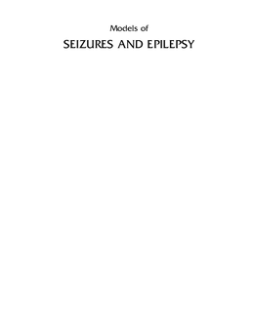
BOOK
Models of Seizures and Epilepsy
Asla Pitkänen | Philip A. Schwartzkroin | Solomon L. Moshé
(2005)
Additional Information
Book Details
Abstract
An understanding of mechanisms underlying seizure disorders depends critically on the insights provided by model systems. In particular with the development of cellular, molecular, and genetic investigative tools, there has been an explosion of basic epilepsy research. Models of Seizures and Epilepsy brings together, for the first time in 30 years, an overview of the most widely-used models of seizures and epilepsy.
Chapters cover a broad range of experimental approaches (from in vitro to whole animal preparations), a variety of epileptiform phenomenology (including burst discharges and seizures), and suggestions for model characterization and validation, such as electrographic, morphologic, pharmacologic, and behavioral features. Experts in the field provide not only technical reviews of these models but also conceptual critiques - commenting on the strengths and limitations of these models, their relationship to clinical phenomenology, and their value in developing a better understanding and treatments.
Models of Seizures and Epilepsy is a valuable, practical reference for investigators who are searching for the most appropriate laboratory models for addressing key questions in the field. It also provides an important background for physicians, fellows, and students, offering insight into the potential for advances in epilepsy research.
- The first comprehensive description of animal models of epilepsy since the early 1970's
- Comprehensive analysis of "What the models model" to guide the selection of each model, and what specific questions it will answer
- Elegant examples of the use of novel technologies that can be applied in experimental epilepsy research
- World expert opinions on the clinical relevance of each model
"This book is an invaluable resource for those interested in the details of epilepsy. It will be an excellent resource for all neurologists and neurosurgeons involved in research or clinical treatment for the disease."
--NEUROSURGERY QUATERLY (Mar-May 2006)
"5 Stars - This book should be on the shelf as a resource for all investigators of the mechanisms of epilepsy whether they utilize cells, slices, mice, humans, or machines. It fills an important void in the review literature that has not been comprehensively addressed for some time."
--Gregory Kent Bergery, Johns Hopkins University School of Medicine, in DOODY'S (May 2006)
